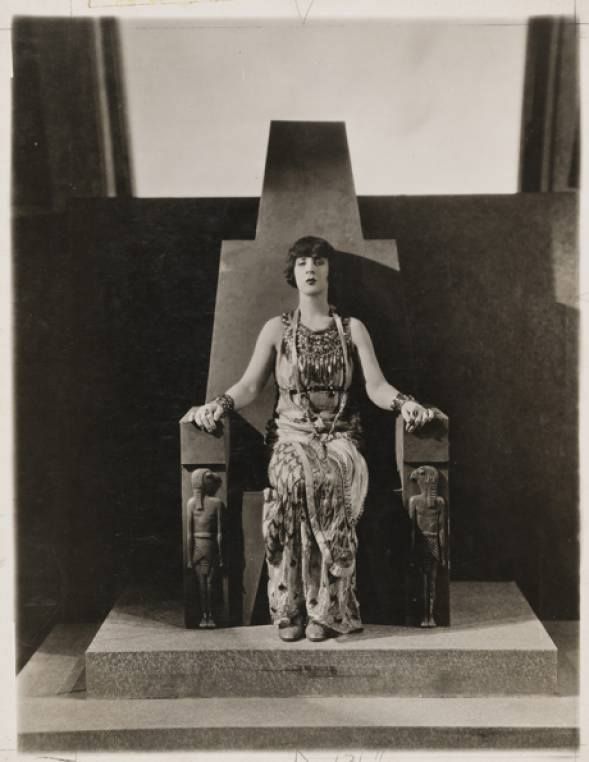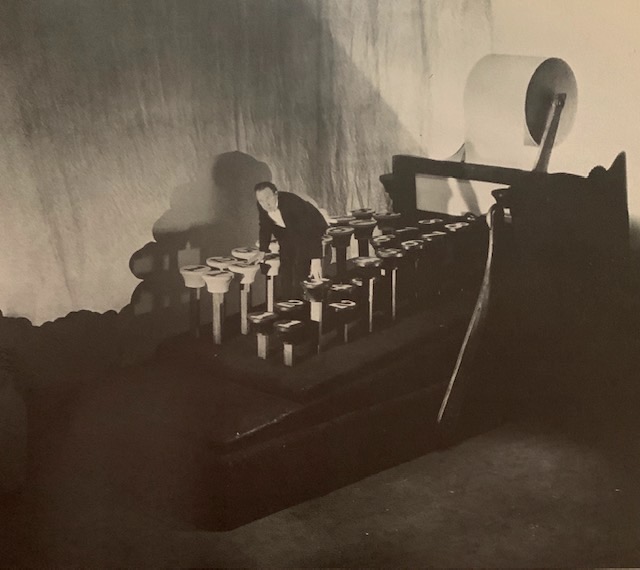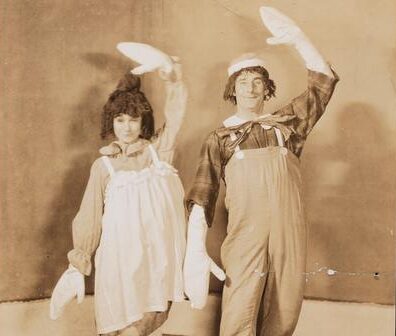By Samuel L. Leiter
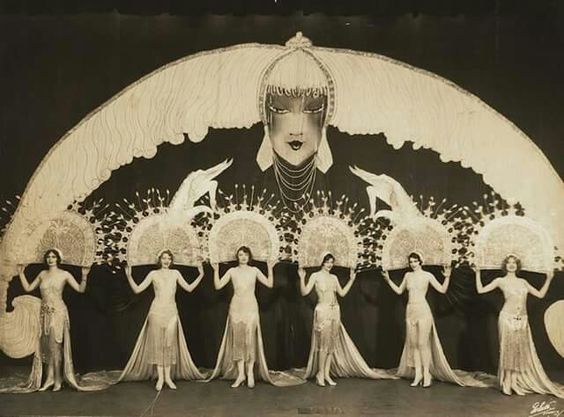
Brand-name revues were starting to decline by the 1925-1926 season, the Ziegfeld Follies, for example, having no new representative during the season. But there were still enough of the familiar titles available to allow us to raise the curtain on five of them: The Grand Street Follies, George White’s Scandals, Earl Carrol’s Vanities, Greenwich Village Follies, and The Garrick Gaieties of 1926.
The Grand Street Follies offered its third edition on June 18, drawing patrons to the Neighborhood Playhouse on Grand Street for a show with book and lyrics by Agnes Morgan, direction by Helen Arthur, dances by Albert Carroll, sets by Russel Wright, and costumes by Aline Bernstein. Out-of-the-way as it was, this intimate mix of burlesque and satire piled up 166 performances. As usual, it made fun of the past season’s theatrical and film productions in the name of good-natured, rib-tickling entertainment.
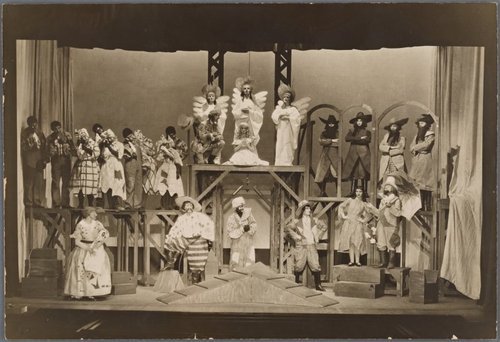

Among the assorted sketches was “They Knew What They Wanted under the Elms,” in which Eugene O’Neill’s respected tragedy, Desire under the Elms, “was turned into farce with the aid of a Ray Dooley baby, a gorilla, and a few simultaneous love-bouts in the three-walled farmhouse,” wrote Arthur Hornblow. “What Price Morning Glories” ribbed the popular war play, What Price Glory?, with Albert Carroll playing the macho Sgt. Quirt as a satin-pajama-wearing “pansy.” There also was an Italian Grand Opera spoof of Abie’s Irish Rose, “L’Irlandesa Rosa Dell’Abbe,” in honor of “the Irish Free State and Palestine.” The Wild Duck was travestied as an eighteenth-century Sheridan comedy, with such characters as Mr. Ekdal Scandal and Gregers Tattle.
Larry Baretto claimed that the show “possesses a flavor, an originality, which survives even a lack of the splendor of the uptown revues.”
George White’s Scandals showed up at the Apollo Theater for its seventh edition on June 22, 1925, and stuck around for 169 showings. It had songs by the topnotch trio of Ray Henderson, B.G. De Sylva, and Lew Brown, all of them directed and choreographed by producer George White himself, with costumes created by Erté and Max Weldy. Unfortunately, Henderson, De Sylva, and Brown couldn’t come up with any hits this time around, and the show never rose to levels of distinction. Even Helen Morgan, soon to burst forth in stardom in Show Boat, offered little of note.
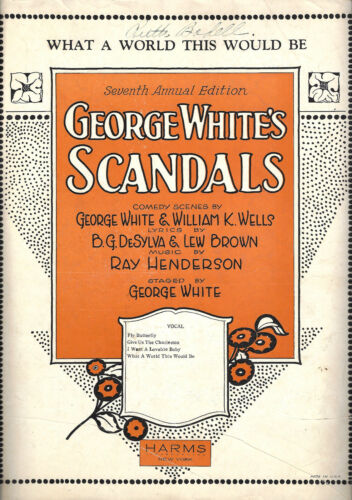

Comic dancer Tom Patricola and songstress Helen Hudson were back in the show, and they were abetted by comedian Harry Fox, the broad comedy duet of Dooley and Morton, the singing McCarthy Sisters, the Albertina Rasch dancers, and blackface comics Miller and Lyles. Dooley scored with an impersonation of Irving Berlin singing “All Alone” as sixty chorines stepped over and around him, and there was a funny spoof of a melodrama done in Charleston dance style by a supposed stock company from the city that gave the dance its name.
Arthur Hornblow called its lyrics, music, and comedy banal, described its chorus girls’ figures as looking “the worse for wear,” and declared that the costumes resembled “the machinations of the president of the ‘Happy Girls’ Glee Club’ when they gave a ‘play’ in the social community hall.”
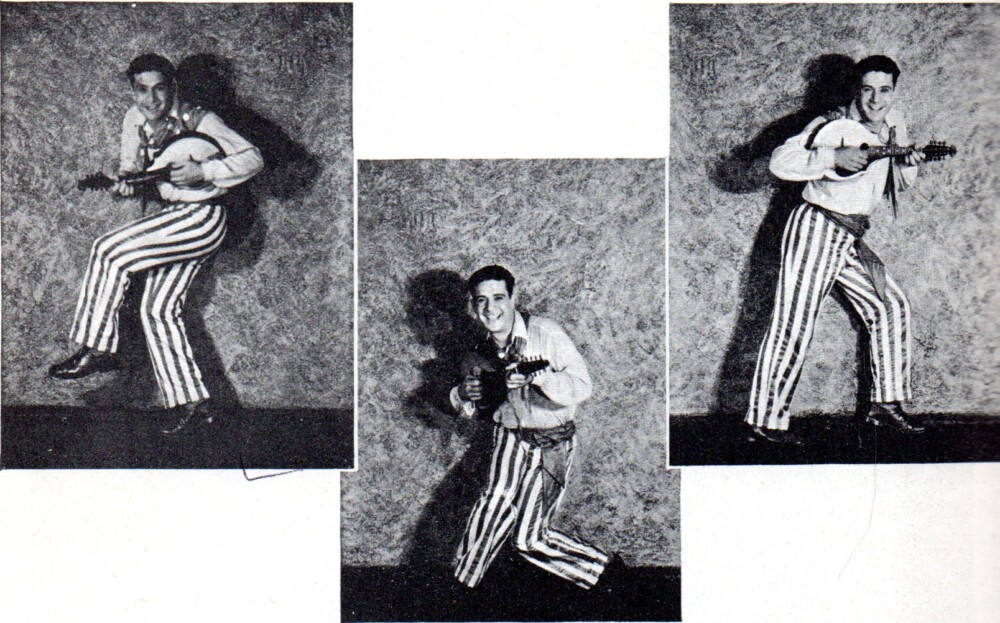

The seventh edition of The Greenwich Village Follies occupied Chanin’s Forty-sixth Street Theatre from December 24, 1925, until it closed its curtains after 180 performances. It had a score by Harold Levey and Owen Murphy, direction by Hassard Short, choreography by Larry Ceballos and Alexander Gabrilov, sets by Clark Robinson, and costumes by Mark Mooring, Charles Le Maire, and Gilbert Adrian. The large-scale revue format was beginning to grind itself into dust when this edition appeared; it did little to retard the inevitable. The bloom was off the rose, novelty was as scarce as snow in July, and once-vibrant creative impulses were largely stilled. Arthur Hornblow moaned, “These sublimated vaudeville shows are nothing like as good as they used to be. They are dull as to wit, impoverished as to invention.”
This edition of The Greenwich Village Follies sought inspiration in the hands of revue master Hassard Short, who took over John Murray Anderson’s chores. Short’s genius failed to ignite, however, and the show was merely acceptable in the familiar vein, being especially short in the humor department. The director’s specialty, beautiful production numbers using mechanized elevator platforms, was abundantly present and the images created were attractive if not particularly original.
Comediennes Florence Moore and Renie Riano, songstress Irene Delroy, and comics Tom Howard and Frank McIntyre fought a losing battle to stir empathy with dreary material. Numbers cited by the critics included a “Lady of the Snow,” featuring melting figures of Jack Frost and human snowballs. There were travesties of hit plays, like The Vortex and Cradle Snatchers. A “Spring Edition” with a batch of new performers tried, but failed, to generate freshness when it opened on March 15, 1926.
This was the last of the regular series, although a desperate attempt to revive it came with an eighth edition in 1928.
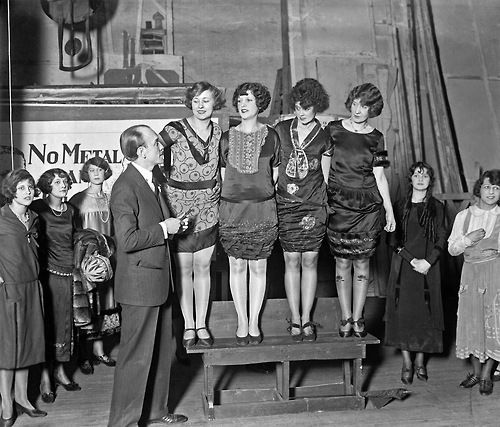

Earl Carroll, another of the great trio of impresarios to give their names to a long string of revues, the others being George White and Florenz Ziegfeld, was back with the fourth edition of his Vanities, which opened at the Earl Carroll Theatre on December 28, and compiled 243 showings. Its book was by William A. Grew, its music by Clarence Gaskill, its sets by Willy Pogany, and its costumes by Charles Le Maire, all names to reckon with in the Roaring Twenties.
The previous edition had been set up as a cabaret, with an eight-foot forestage leading to a pit that swallowed up the exiting performers, and with tables around the perimeter to accommodate ringside guests who paid a premium for the privilege. That arrangement returned with variations, including the placement of the orchestra at one side and the audience invited to dance on the forestage before the show began, as well as during the intermission, when ginger ale was served to the parched. Scantily clad girls marched down the aisles as usherettes. But the audience was too self-conscious to do much dancing and the project offered little competition to the real nightclubs in the vicinity.
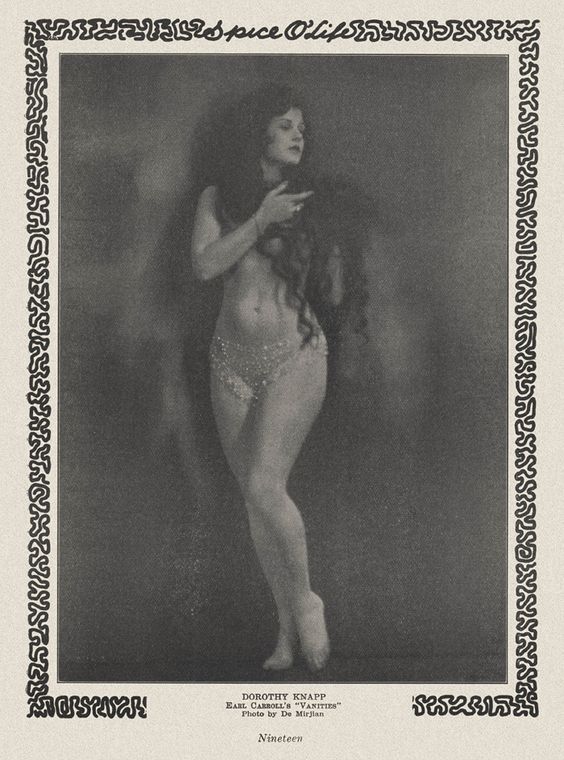

Like others in the series, the show was filled with gorgeous nudes, good tunes, and pretty sets and costumes. Louis Bromfield wrote of the opulence: “It is the kind of performance popularly associated with the idea of Babylon.”
Julius Tannen was the arch M.C., but laughter was scarce. Only comic Ted Healy and a burlesque sign-painter’s “ballet” were surefire chuckle getters. Dorothy Knapp was introduced as “the most beautiful girl in the world,” and the usually reliable Joe Cook and Frank Tinney did what they could to draw yocks.
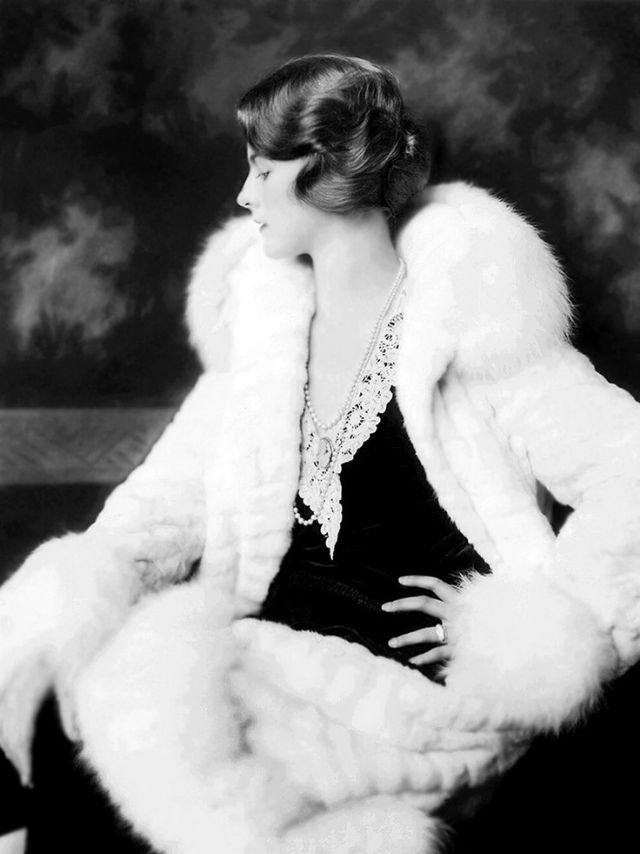

It was during this edition that Carroll was famously arrested for violating the Prohibition law by giving a backstage party on February 22, 1926, during which a showgirl took a bath in what was reportedly a tubful of champagne (it was actually diluted sherry). The producer spent four months in the clink for his offense.
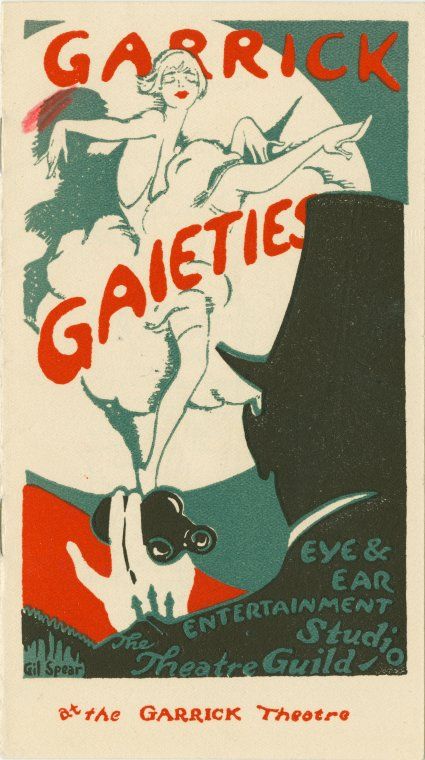

Toward the season’s end, on May 10, 1926, The Garrick Gaieties opened its second (of three) editions at the Garrick Theatre, where it continued for 174 performances. Although only one of its songs became a standard, they were created by the inimitable team of Richard Rodgers (music) and Lorenz Hart (lyrics), with direction handled by Philip Loeb and choreography by Herbert Fields, on the cusp of a brilliant career as a librettist.
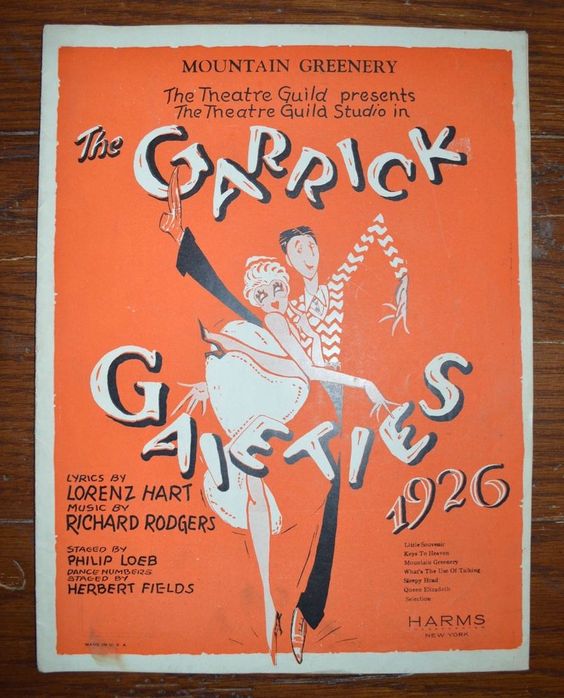

This informal revue was a modest success, if not quite as noteworthy as its predecessor. It scored especially well with its hilarious travesties of recent serious and not-so-serious offerings. For the most part, this was a “bright, lively, and refreshing” show, said Joseph Wood Krutch. The sole musical hit, still often heard, was “Mountain Greenery.” Goat Song and The Dybbuk were among the Broadway shows given a friendly poke. A memorable inclusion was a takeoff on musical comedies called “Rose of Arizona,” set in a hotel on the Arizona-Mexico border; “Tennis Champs” satirized sports stars Bill Tilden and Helen Wills; a “Blue Danube” routine was well danced; the skit, “Home Sweet Home,” mocked American optimism; “The Psychopathic Ward” satirized the effects of magazine ads on impressionable minds; and “Burglary a la Mode” ridiculed a family that hires a crook to steal its goods so they can get in the papers.
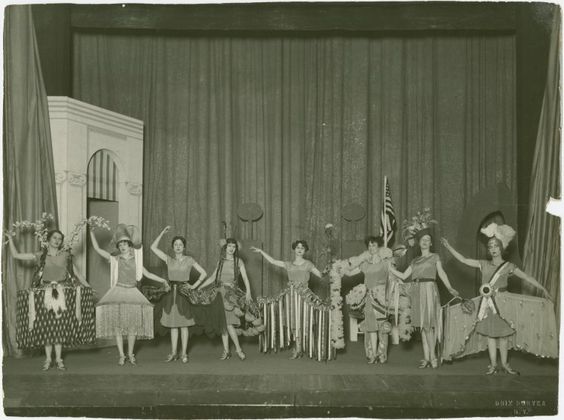

Leiter Looks Back looks forward to checking out some of the top revivals of 1925-1926 in its next edition. Two dozen possibilities exist, including the first modern dress revival of Hamlet, Eve Le Gallienne in The Master Builder, and such nineteenth-century melodramas as The Two Orphans and The Bells.



